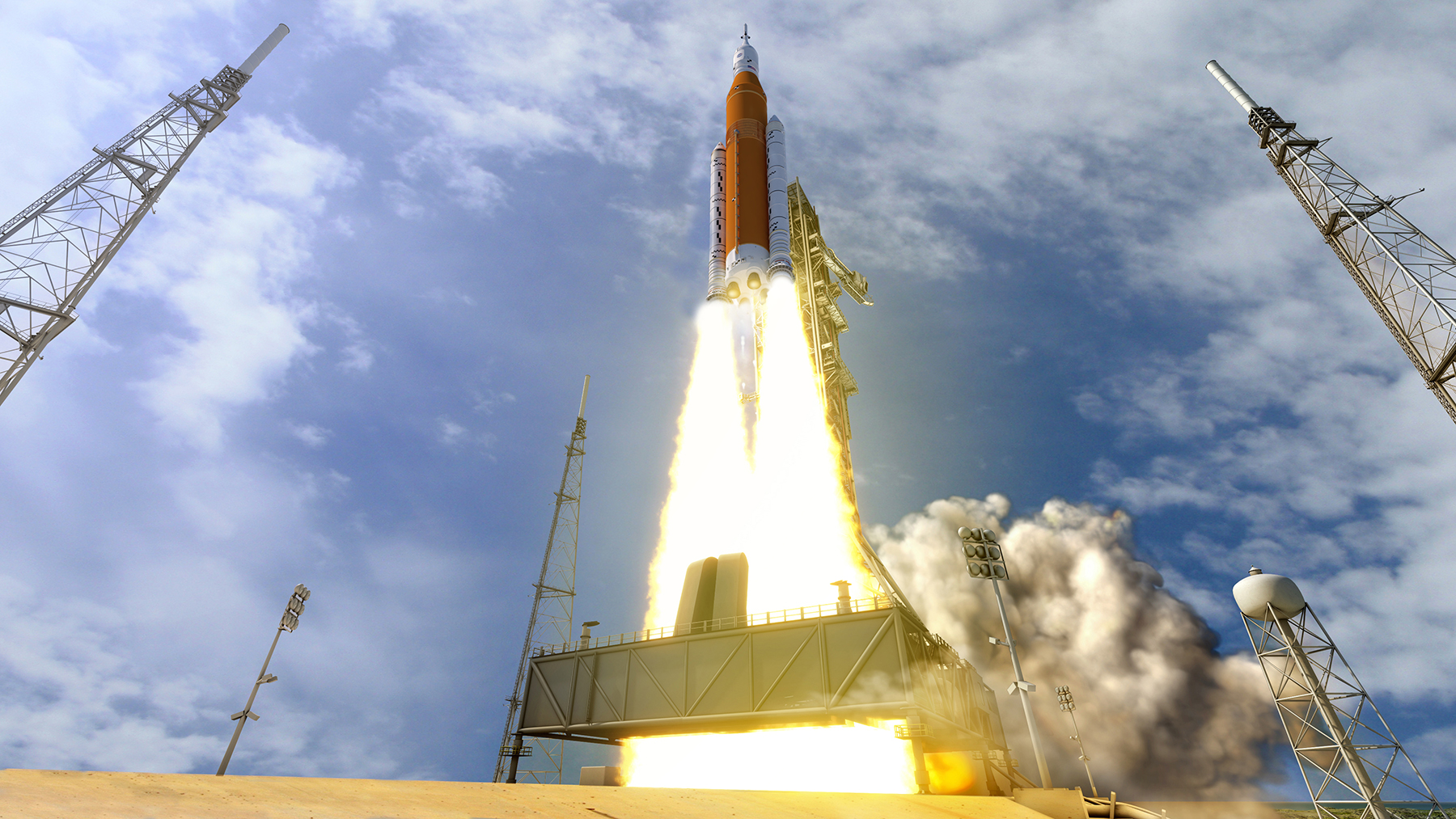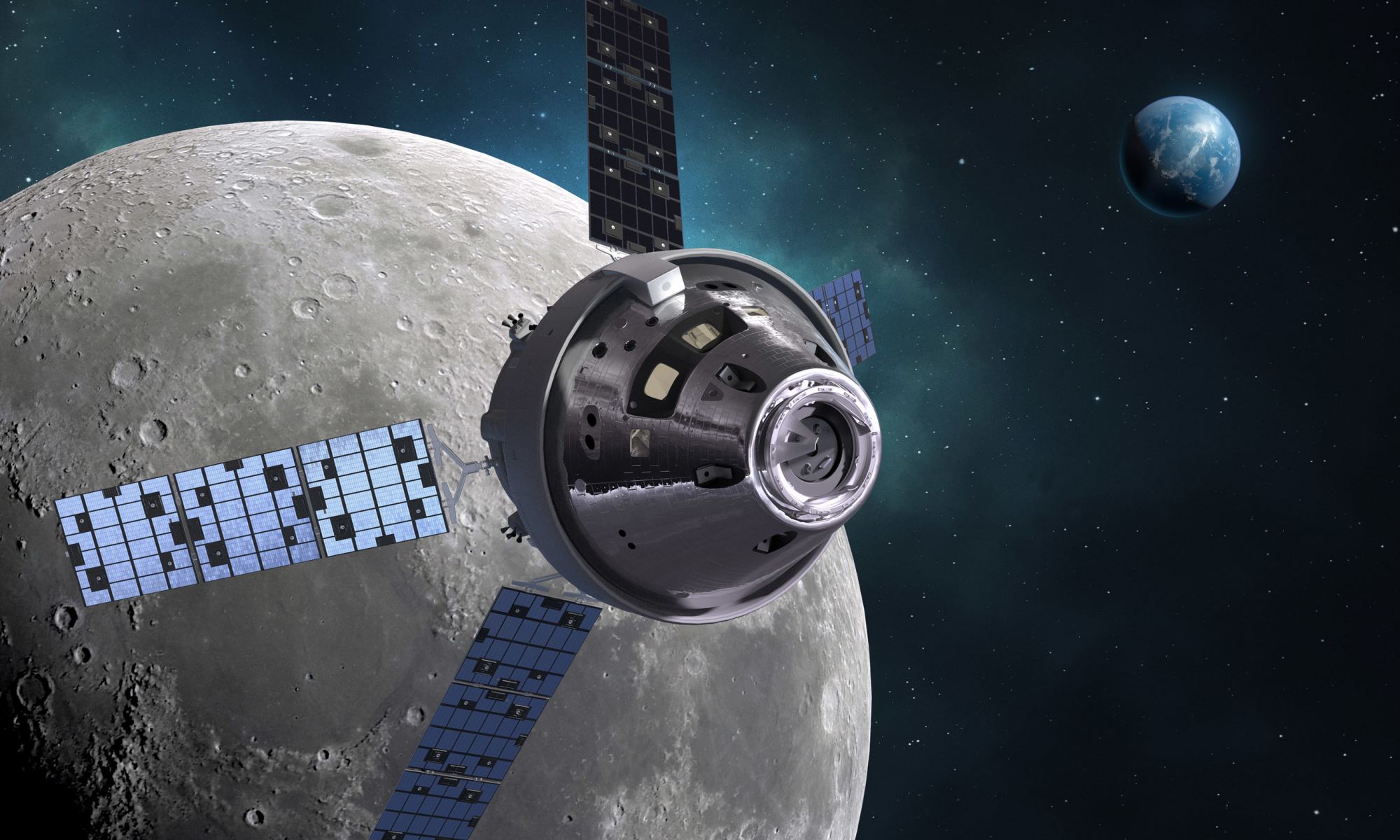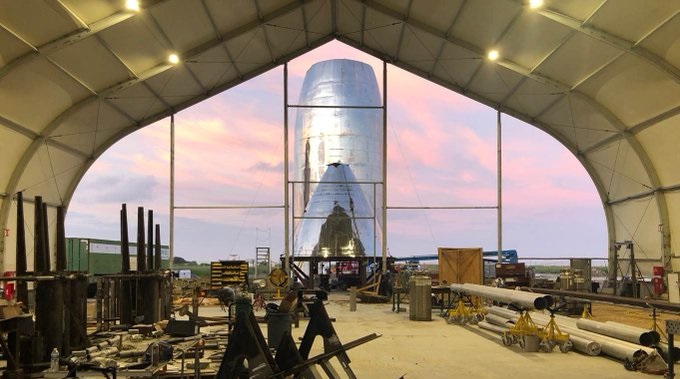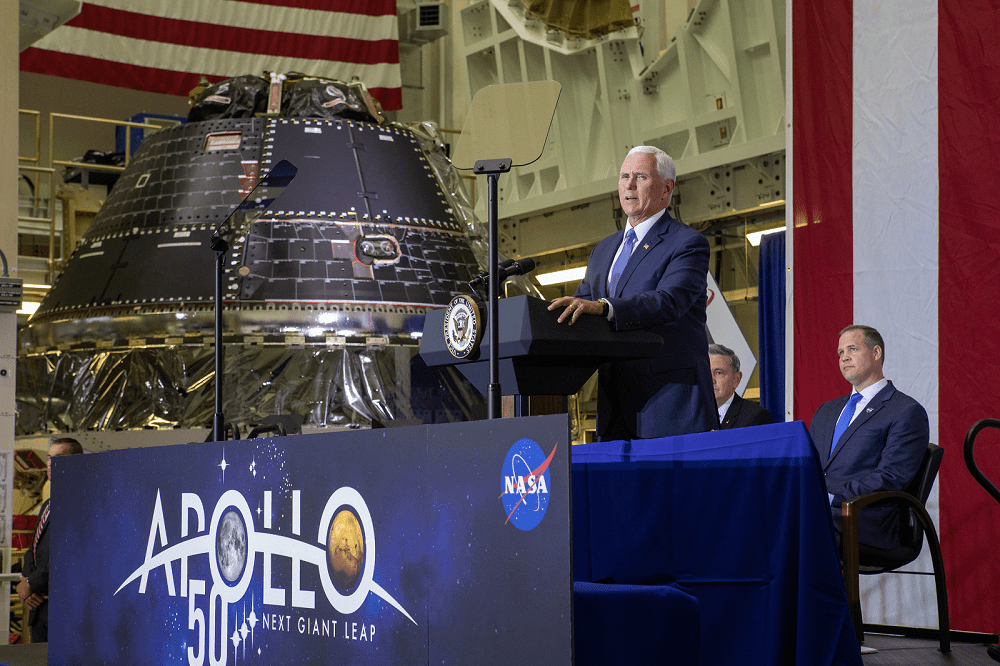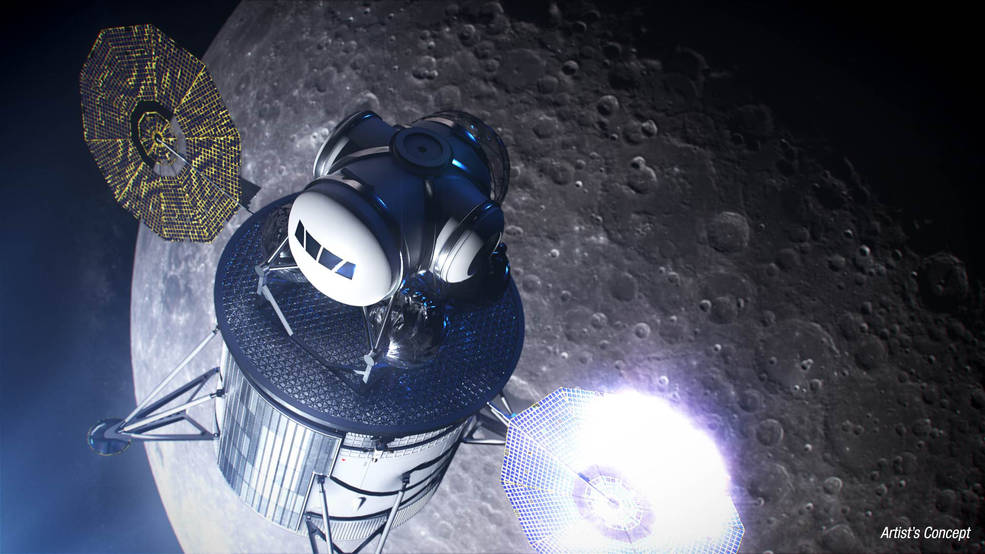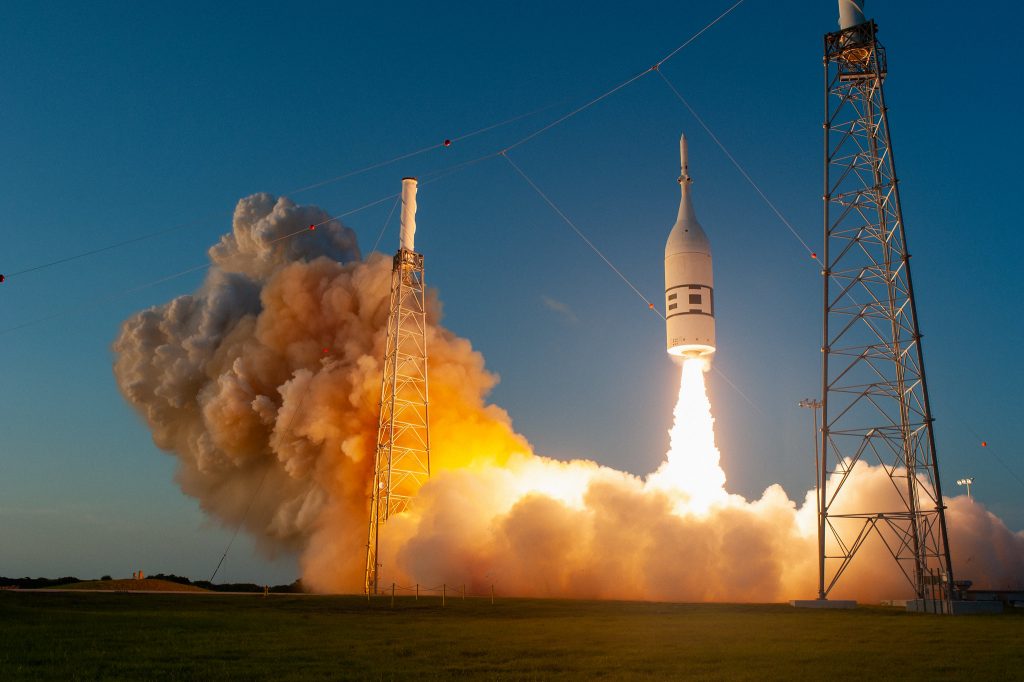Since December of 2017, NASA has been working towards the goal of sending “the next man and first woman” to the Moon by 2024, which will be the first crewed lunar mission since the Apollo Program. As part of this mission, known as Project Artemis, NASA has been developing both the Space Launch System (SLS) and the Orion spacecraft, which will allow the astronauts to make the journey.
Originally, it was hoped that the first uncrewed flight of the SLS and Orion (Artemis I) would take place later this year. But according to recent statements by Associate Administrator Steve Jurczyk, this inaugural launch will most likely take place “mid to late” in 2021. This is the latest in a series of delays for the high-profile project, which has been making impressive progress nevertheless.
Continue reading “The First Artemis Launch has Been Delayed Until Mid-to-Late 2021”
